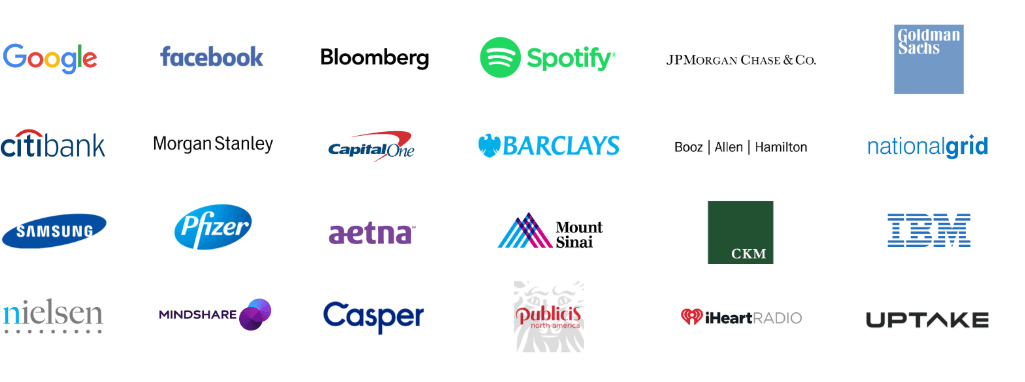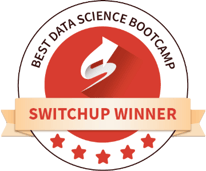Become a Data Analyst in 12 Weeks
Receive the complete syllabus
Secure a spot of a highly competitive program if you submit your application today, apply now
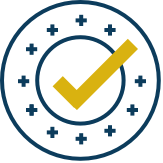
Our Bootcamp Review
Our Data Science Bootcamp is ranked as “Best Data Science Bootcamp” for 2019, 2020, and 2021 by Course Report.
Rich Curriculum Content
The only bootcamp that teaches both R and Python for data analytics and visualization.
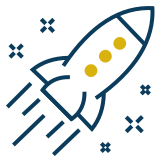
Industry-Informed
Curriculum designed and updated with input and advice from business leaders and experts in the data science field.
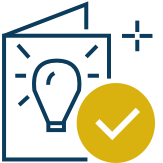
Project-Oriented
Three application projects with real-world datasets and business considerations; the capstone project often sponsored by companies in New York City.

Online Learning Platform
Responsive learning interface to access course materials anytime, anywhere

Dedicated Mentorship
Practicing data scientists to provide learning assistance and career advice

"After graduating, I was offered my first full-time job as a data engineer. (I do not come from a CS, math or stats background). They are very successful at getting their students fluent in the tools and technologies, and prepared for finding great jobs in the field."
Dean Goldman
Data Engineer, Samsung Ads
"I learned everything I know about machine learning from the bootcamp. The curriculum gives you all the tools you need to develop your data science skills for the job."
Elsa Vera Amores
Data Scientist, JP Morgan Chase
"It's the hardest three months you'll ever experience. But at the end, it's really worth it. My advice is to be prepared for a very tough, but rewarding experience."
Kweku Ulzen
Senior Data Scientist, Nielsen
In this program, students will learn beginner and intermediate levels of Data Science with an option to specialize in Big Data Technologies or Deep Learning. Students will also learn to build statistical models, linear regression, data classification and visualization using Python, R, Hadoop, Spark, and AWS.
Unit 1
Data Science Tool Kit
The Unix environment is widely used in the data science field. Being familiar with the common tools is important in order to carry out further data analysis. This course enables students to communicate with the computers via the command line environment. It also introduces the SQL database, a traditional database that has been widely used in the enterprise setting, as well as GitHub, a file-sharing platform generally used by programmers for version control.
Unit 2
Data Analytics with Python
This course introduces students to data analysis with the Python programming language. Students learn to work with different data structures in Python and the most popular data analytics and visualization packages such as NumPy, Scipy, Pandas, Matplotlib, and Seaborn. Ultimately, students will use effective Python code and packages to solve problems; extract, transform, load, and analyze data to gain insights; and communicate the analyses, aided by appropriate visualizations. Students are required to complete a project incorporating these practices, culminating in a presentation of derived insights.
Unit 3
Data Analytics with R
This course is designed to provide a comprehensive introduction to the R programming language for data analysis. Students will learn to load, save, and otherwise wrangle data with effective use of functions in R and relevant libraries, including those within the Tidyverse collection. Students will practice deriving insights from data using common statistical techniques, including hypothesis testing and basic statistical modeling; effective visualization; and other frequently used techniques within data analysis. Further, students will learn to successfully communicate their insights, including creating reports with tools like Knitr. Students are required to complete a project demonstrating the ability to analyze data in R.
Unit 4
Business Cases in Data Science
This course was designed to help students place data analytics and data science work in the real-world context of business operations across industries. Students will be presented with various business cases in which datasets were explored to gain insights to guide and/or enhance business operations. They will also be required to take given business cases and conceptualize viable project approaches with defined objectives, selected tools, methods, and expected deliverables.
Unit 5
Data Analytics Capstone Project
The capstone project is designed for students to employ the data analytics concepts, tools, and methods they have learned in the bootcamp to solve a business operational problem with real data sets from a real business entity. Students have presented data sets and potential problems to solve. Students are then required to form project teams, develop a project proposal for instructor review and approval, and execute the project. When the project is completed, each project team is required to present the project findings and share the business insights obtained from the research.
Join thousands of our graduates who have landed jobs in these companies
